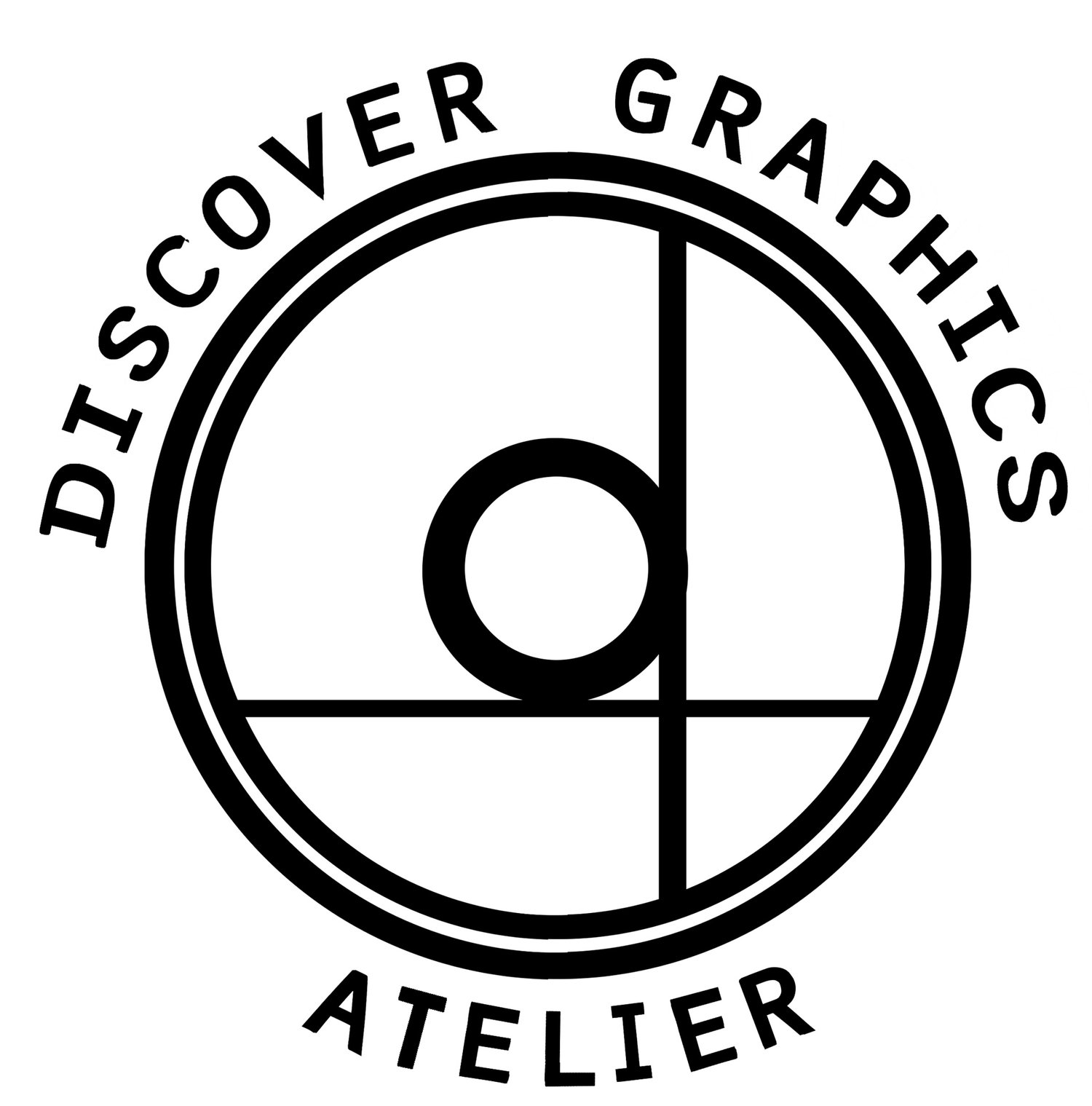Instructors
Veronica Barker-Barzel is a printmaker and painter. Her style is often reflective of the places that she has experienced and stimulated by her personal background. Her work can resonate with a bit of Eastern European folklore, Greek mythology and German expressionism occasionally fused with her own version of urban surrealism.
Veronica was born in Washington, D.C. She grew up mostly in Europe and then spent her early 20’s in Japan. She received her bachelor’s in liberal arts from the University of Maryland, University College. Her formal art training included a Post Baccalaureate program at Maryland Institute College of Art (MICA).
Veronica had her first solo shows in Naples, Italy, in her early 20’s. She has also exhibited in Japan, Pennsylvania, and Rhode Island. She is currently active in the Washington, D.C. metro area, including a well-received solo show at The Art League in Alexandria, membership in multiple artist organizations, and has received juror awards at recent shows in Maryland and Virginia. She has been teaching printmaking techniques for Discover Graphics since 2018.
Mary Ellen Carsley is a scientific and botanical illustrator, as well as an art educator. A former practicing architect, she has illustrated eight books and numerous articles for national and international journals. Her works have been included in the collections of the National Building Museum and the Library of Congress.
“The world can be overwhelming. People often feel lost, isolated, and disconnected. For me, the natural world has always grounded and inspired me, particularly the small universes within the natural world occupied by insects and plants. In the world of small things, I find comfort, balance, and clarity. That is what I hope to do with my art. Provide a lens into the small, intricate beauties of the tiny universes within the natural world around us. Like the weed breaking through the parking lot pavement that provides food for a tiny butterfly, there is reassurance and inspiration that amidst all human endeavors, that tiny nature not only perseveres, but thrives.”
Jennifer Dunbar is a woodblock printmaker working in the reduction method. She is an avid traveler and is inspired by the photographs she takes of the places she visits. Relying heavily on color and line work, she tries to capture the essence of what it feels like to be in a place, rather than create a realistic rendition of that location.
In the reduction method, the artist uses only one block, gradually reducing that block as each layer is carved, inked, and printed. Because the block is altered and hand inked in each layer, no more prints can be made from that block, rendering each edition limited and unique.
Jennifer learned her craft at Grand Valley State University, earning a Bachelors of Arts in art and design with an emphasis in printmaking and a Bachelor of Arts in history, teaching certifications for both subjects.
Lyla Shlon
David Skibiak has been a printmaker for over 40 years. He has been an instructor with Discover Graphics for the past 6 years.
He has varied experiences as a senior illustration, graphic designer and fine artist working for major corporations, government agencies and local small businesses.
His work has been exhibited in numerous group and solo shows, including a solo show in the lobby of the Hubert Humphrey Health and Human Services Building. He has also been the recipient of national printmaking awards. In 2015 he shared in an exhibition with a fellow artist Keith Naquin in ArtSpace in Herndon, VA. displaying "The Road Less Traveled".
Samantha Shelton holds both a bachelors and a masters degrees in computer science and has worked in the tech industry for more 20 years. She is also an Air Force veteran and has served in two wars. One of her first freshman programming assignments in the late 1990s was a print driver. Her academic background coupled with her professional work in computer networking and software automation while serving on active duty in the Air Force sparked an interest in the way the world communicated before the digital age. This inspired her to study traditional printmaking techniques, such as etching, lithography, wood engraving, linocut, and monotype. She considers these traditional printmaking methods as legacy technology. Many foundations of digital concepts, including those introduced by stone lithography such as binary memory and image libraries, duplication and storage were invented in the late 1700s. The metal etching process itself stems from the middle ages and is the current process of how computer circuit boards and chips are made today. The aquatint master Louis Icart heavily influences her style of acidic plate biting processes and techniques to create highly contrasted light and dark tones and hard and soft lines in each print. She often paints into her intaglio plates to create varied and painterly prints called “Ed Vars”.
Her body of work is both figurative and illustrative and has focused on several subjects and topics over the years including animals, botanicals, and technology. As primarily an etcher and aquatinter, she has created over 100 unique prints since 2011. Each of her etchings go through several dips in the acid to create a variety of textures, tones, and moods, and often the plates are hand worked with drypoint tools and roulettes after all the etching has been completed. Thus yielding a Multi-Spectral of techniques within each artwork. Her current Monotype and Linocut series of prints stars cartoonish subjects executed in a narrative story telling style with a bold graphic flare.
